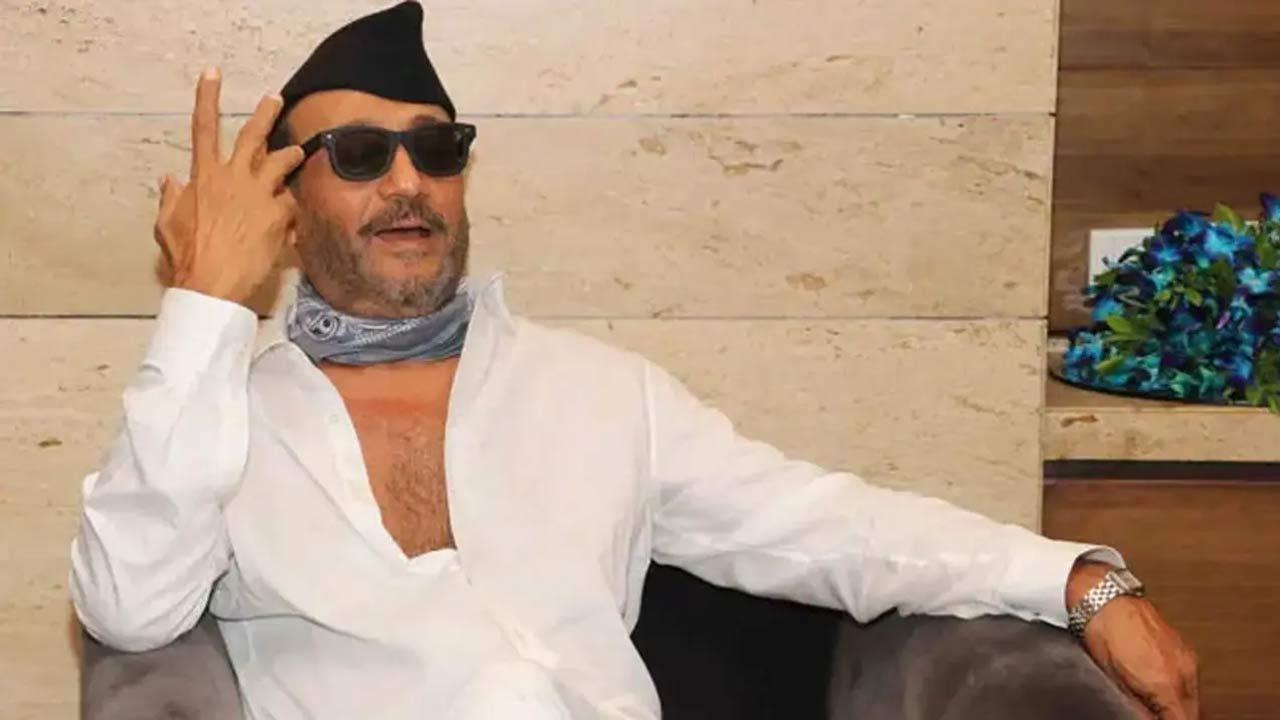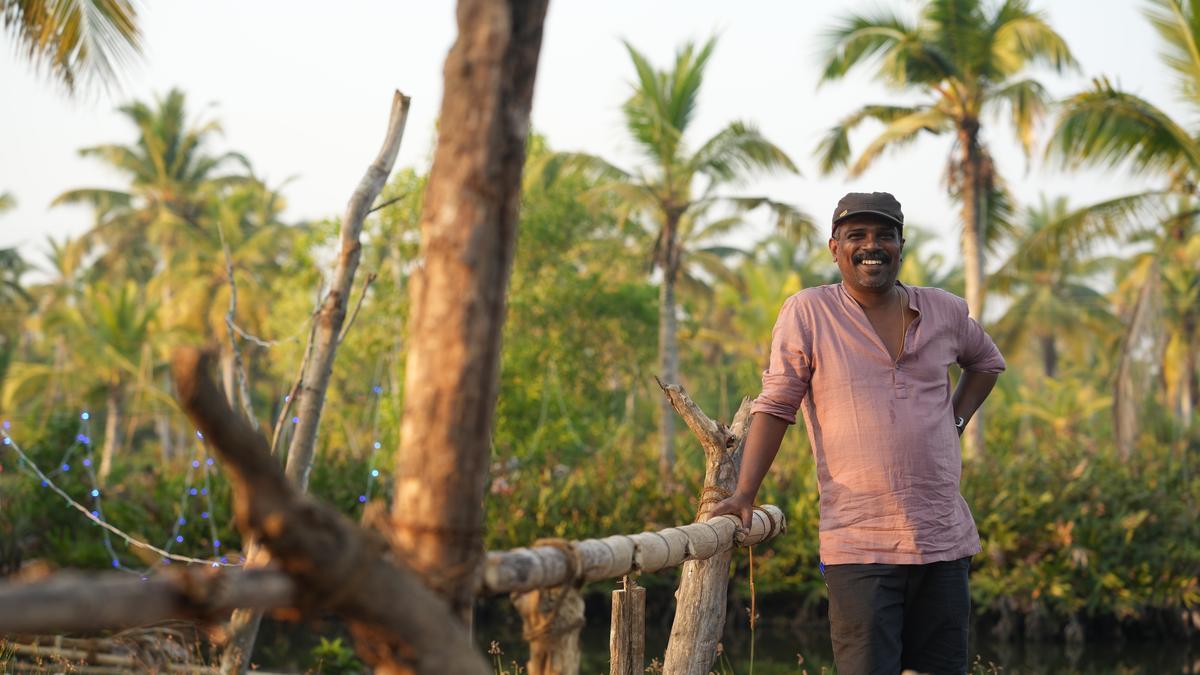
On an early morning in Serbia, around 6am, Djordje Stojiljkovic’s phone rang. The call was from director Rajaram, with whom Stojiljkovic had collaborated on the science fiction film “Rani Rani Rani.” The inquiry brought forth exciting news: a major production house from Telangana was interested in his expertise. Djordje, a Belgrade-based cinematographer and visual effects artist known for his versatile work in ad films, shorts, documentaries, and features, was soon speaking with one of the main producers, Priyanka Dutt of Vyjayanthi Films, and subsequently with the director, Nag Ashwin. “I immediately reached out to Zoran, my gaffer and friend and asked if he wanted to come with me to India. He thought I was joking. Soon, we were on a plane from Belgrade to Hyderabad,” Djordje recounts.
The project in question was “Kalki 2898 AD,” an ambitious mythology-meets-science-fiction film starring Bollywood giants Amitabh Bachchan, Prabhas, Deepika Padukone, and Kamal Haasan. Ahead of the film’s much-anticipated release on June 27, Djordje shared details of its intricate making. Here are some insights from an email interview with The Hindu.
Djordje grew up in Vlasotince in southern Serbia, surrounded by video and photo equipment, thanks to his father, an Information Technologies teacher who also worked as an event photographer and cinematographer. “I began working with my father around the age of 10, using a VHS camera in the early 2000s. I quickly fell in love with photography and cinematography,” he says. Movies were a nightly affair in his household, fueling his passion for cinema. The internet played a crucial role in his self-education, allowing him access to photography and cinematography forums where he received critical feedback.
He started creating short amateur films with his schoolmates and basketball friends. In a small town with limited resources, he had to learn post-production processes independently, diving into editing and basic VFX. “My passion for creating something similar to what I saw on television drove me to continually improve my skills,” he explains. Early projects included making documentaries that captured day-to-day life and music videos for local bands, blending visual storytelling with audio.
By the time he attended university, Djordje had already edited client videos and delved into motion graphics, animations, and basic VFX work. Although he initially considered studying editing, he chose to study cinematography at the prestigious Faculty of Drama Arts in Belgrade. “Throughout this journey, the support of my family was crucial,” he adds.
Regarding his short film “Anima,” which also explores a dystopian setting, Djordje admits it was made between schedules for “Kalki 2898 AD.” “Anima has not been released yet because I am currently focused on supervising the color grading of Kalki.
. I joke that I still don’t know why Nagi (Nag Ashwin) chose me, but let’s hope he made a good decision,” he says with a chuckle.
Discussing the pre-production process for “Kalki 2898 AD,” Djordje emphasizes the extensive discussions about the film’s world, from the inhabitants and their lifestyles to the technology they use and the battles they fight. “One of the key aspects of technical preparations was working with miniatures of the large-scale locations. These miniatures helped us identify potential problems and plan the lighting,” he explains. His involvement extended to the production of movie vehicles, ensuring proper lighting for interiors and considering additional gaps for sunlight.
Collaboration was key, particularly with production designer Nitin Zihani, costume designer Archana Rao, and composer Santosh Narayanan. Djordje recalls how Narayanan brought work-in-progress scores to the set, which helped establish the atmosphere for shooting. “Film is an audio-visual medium, and the power of music often inspires me as a director of photography,” he notes.
Djordje also delved into Indian mythology with the crew’s help, aiming to make the visuals authentic to the mythology while crafting a believable future. The city of Kasi, featured in the trailer, had to be depicted as densely populated, culturally diverse, and globally significant. “Kalki 2898 AD marks a significant departure as the first Indian film to explore the future of an Indian city in this manner, distinguishing it from international films,” he states.
For the film’s ambitious vision, Djordje chose the IMAX digital camera, Arri Alexa 65, and Arri DNA lenses. “The Arri Alexa 65, known for its 6.5k resolution, was perfect for capturing intricate, lifelike images,” he explains. Pairing it with Arri DNA lenses added a distinctive character and texture to the imagery, ideal for close-ups and intimate scenes.
Given the diverse screening environments in India, from urban centers with top-tier projection systems to semi-urban and rural areas, the team ensured the best audiovisual experience across all locations. During shooting and post-production, they remained mindful of delivering high-quality content regardless of the technical capabilities of the screening venues.
Regarding the color palette, Djordje states that the delineation of sub-worlds within “Kalki 2898 AD” required distinct visual treatments. Each segment had its own specific color tones, dynamic ranges, and contrasts.
When asked about the sets and VFX, Djordje reveals that approximately 90% of what appears in the film, particularly the city of Kasi, was physically constructed. “Stepping onto these enormous sets was a different experience,” he recalls. The sprawling cityscape in the far background was brought to life by VFX companies, creating a blend of practical set construction and digital enhancements.
The making of “Kalki 2898 AD” showcased Djordje Stojiljkovic’s ability to seamlessly integrate diverse visual elements, crafting a future narrative grounded in rich cultural heritage and technical excellence.










